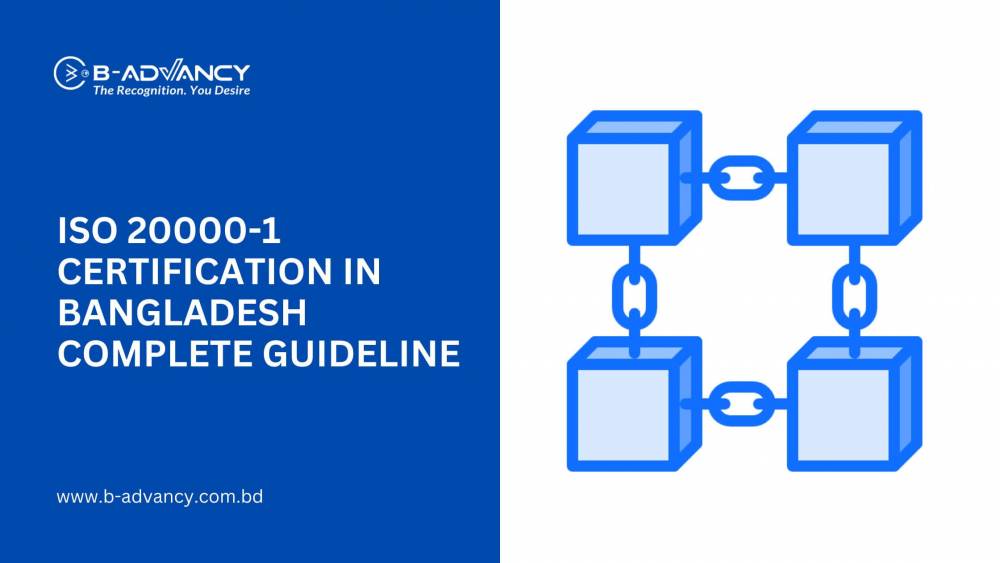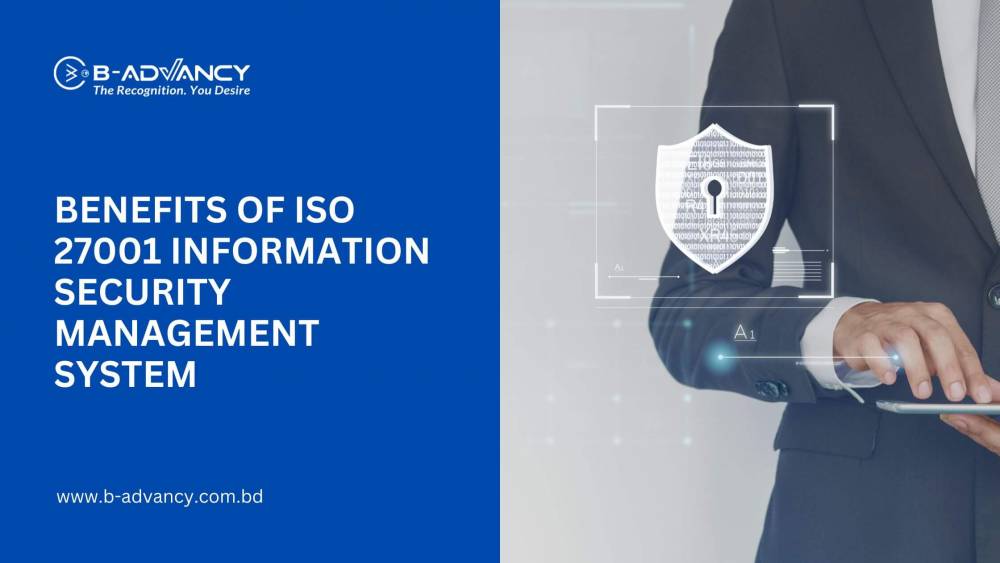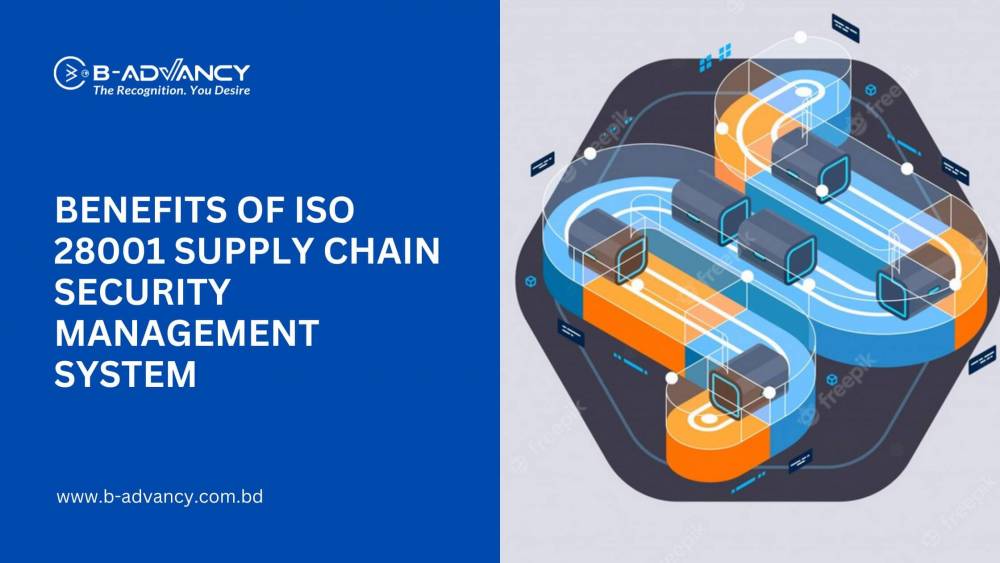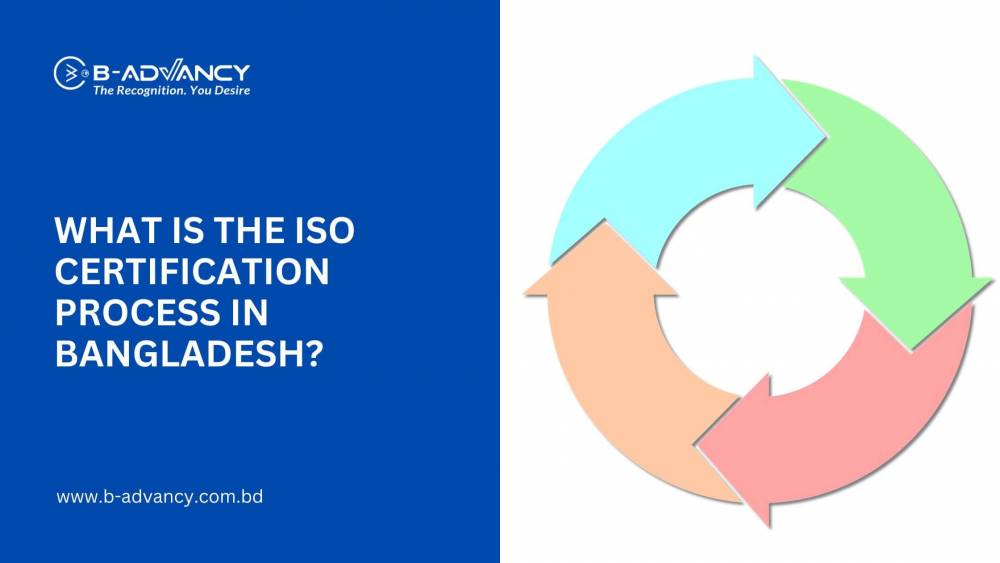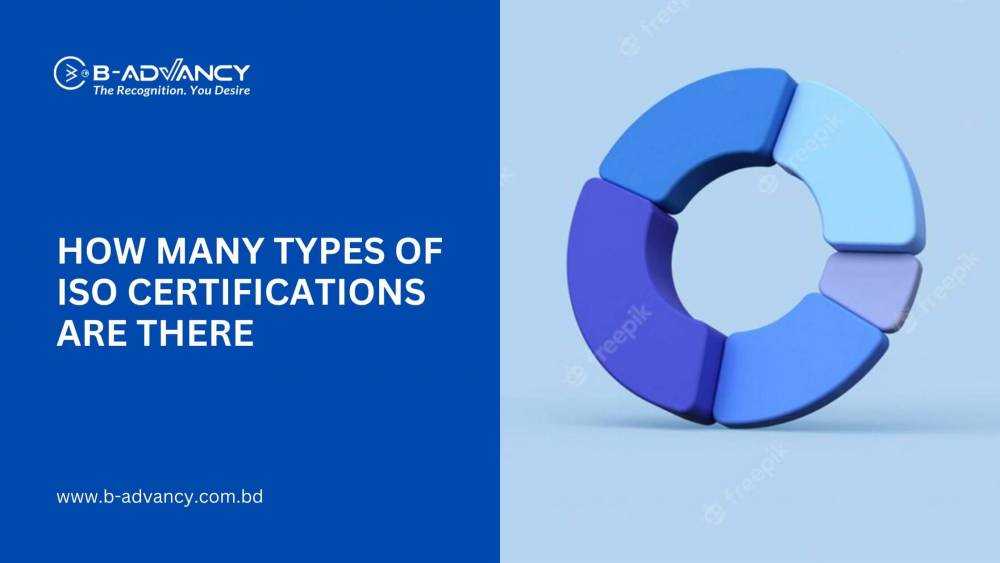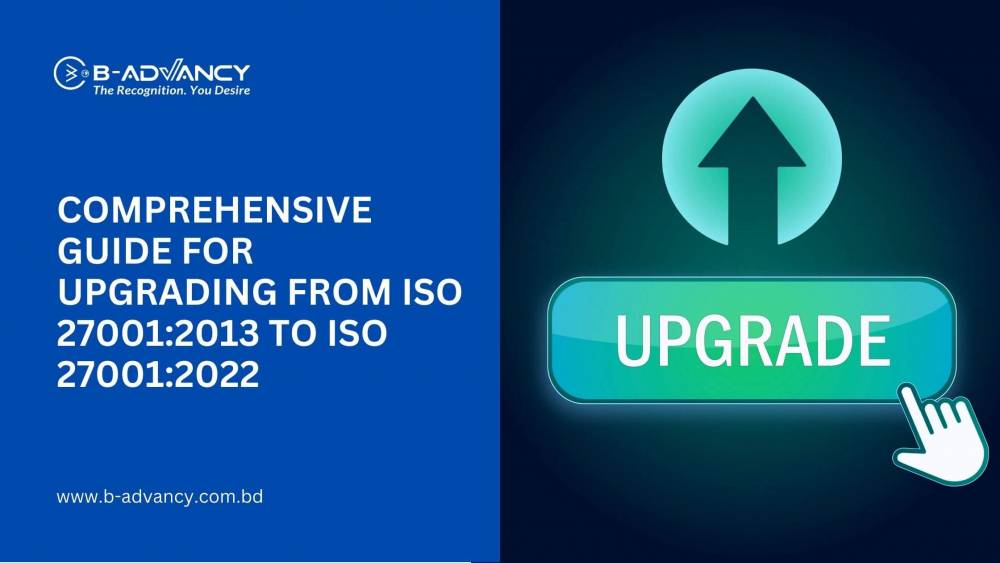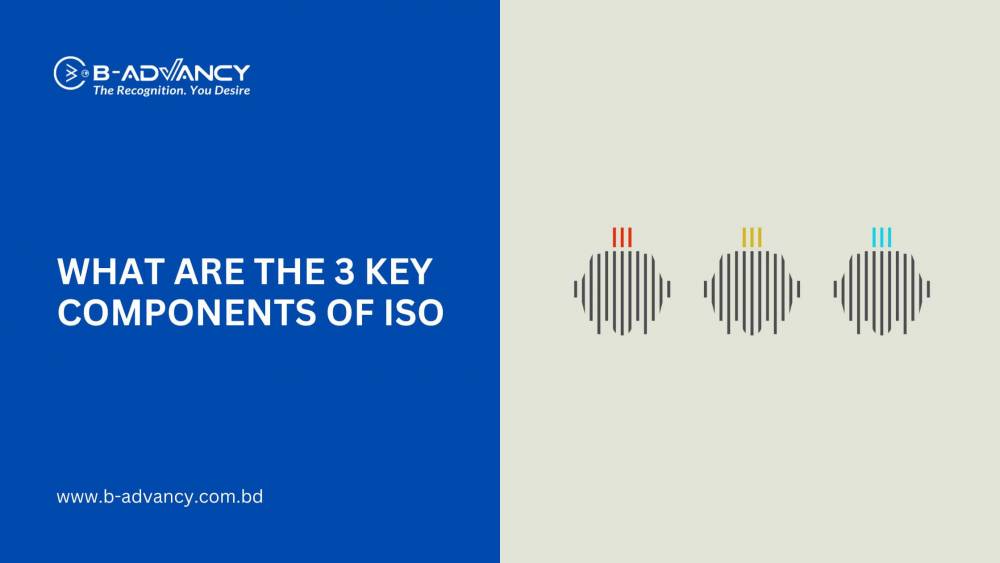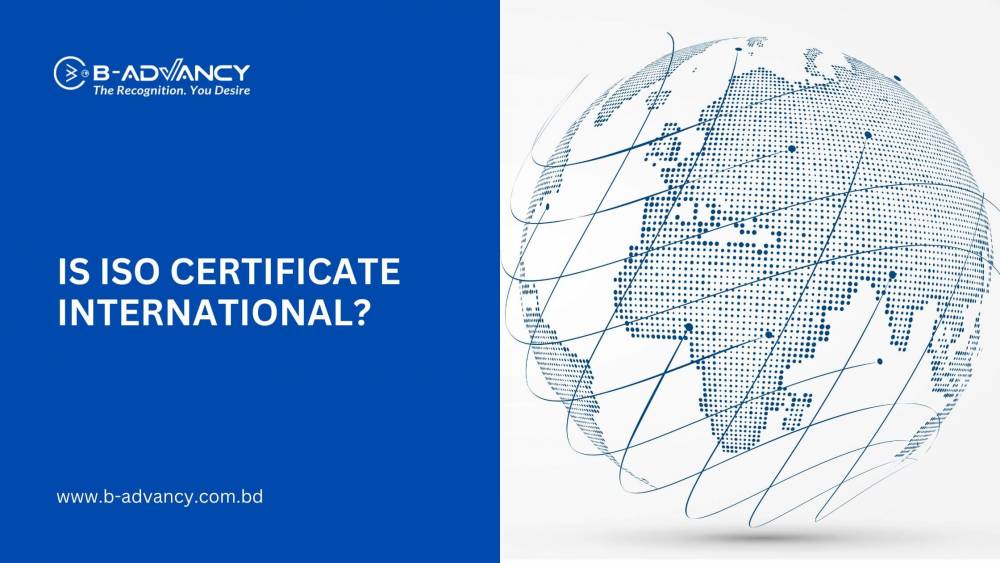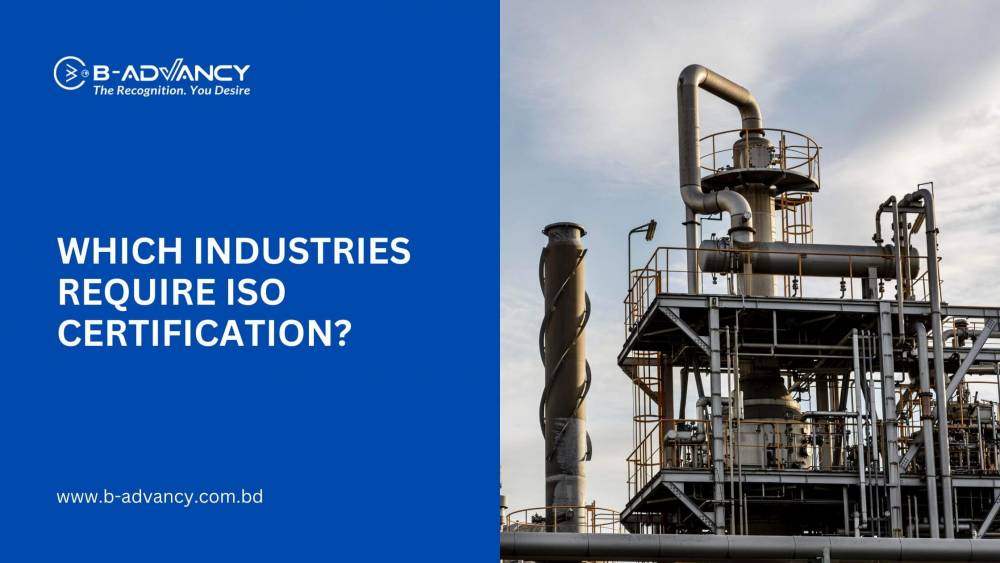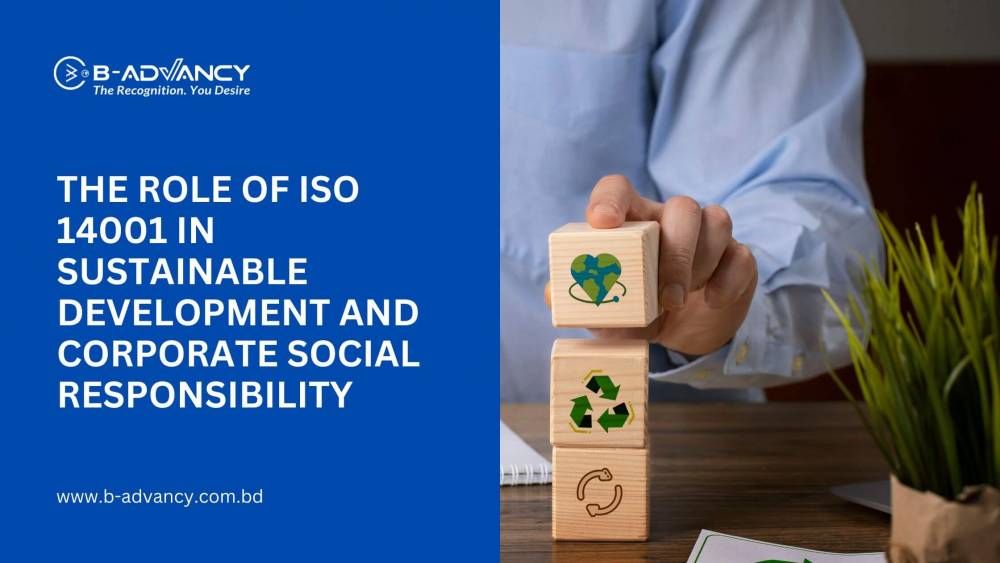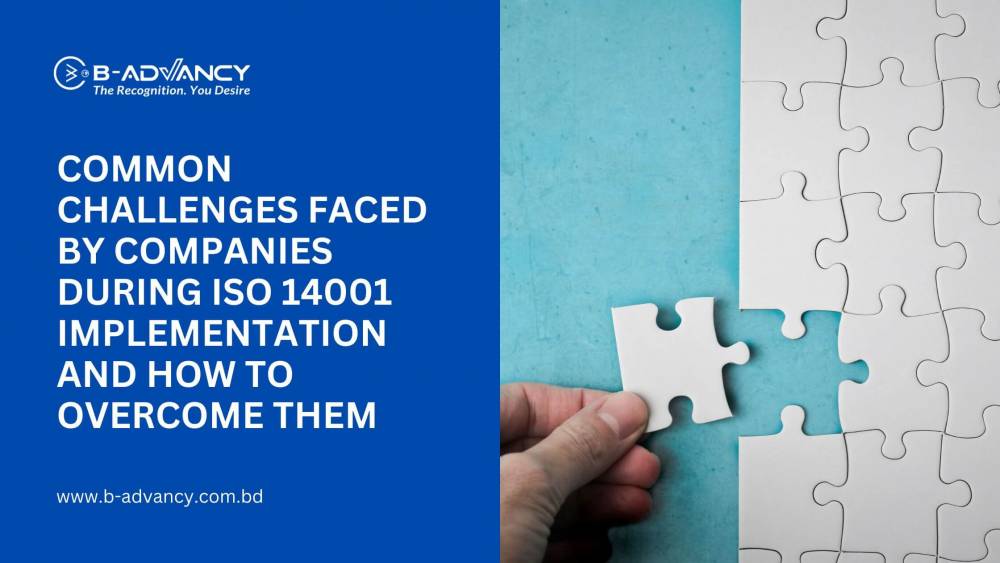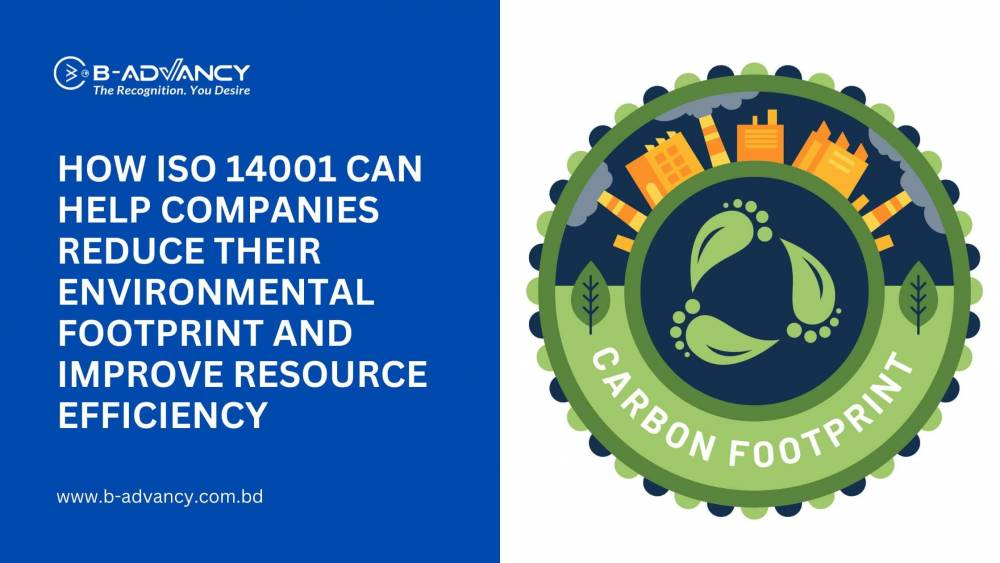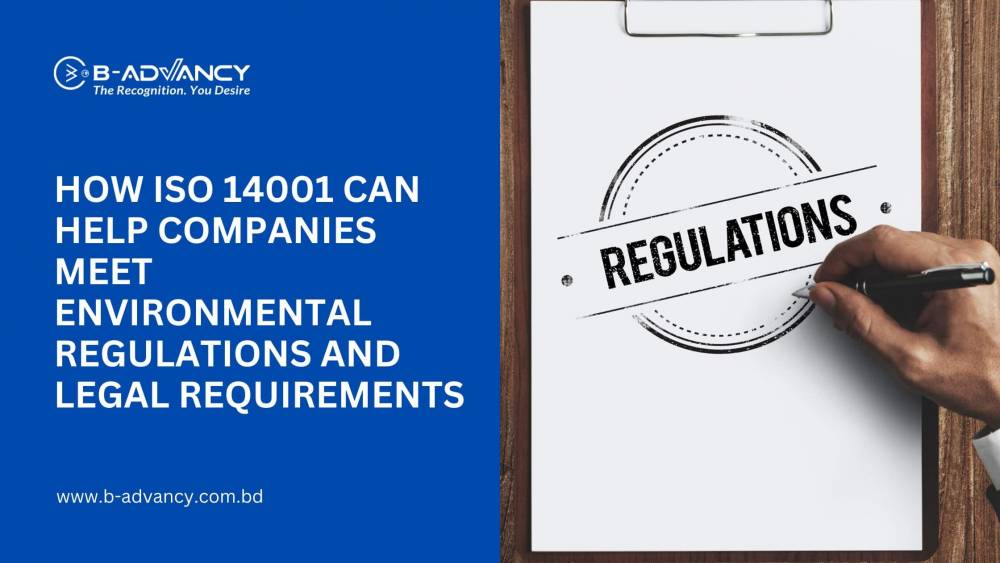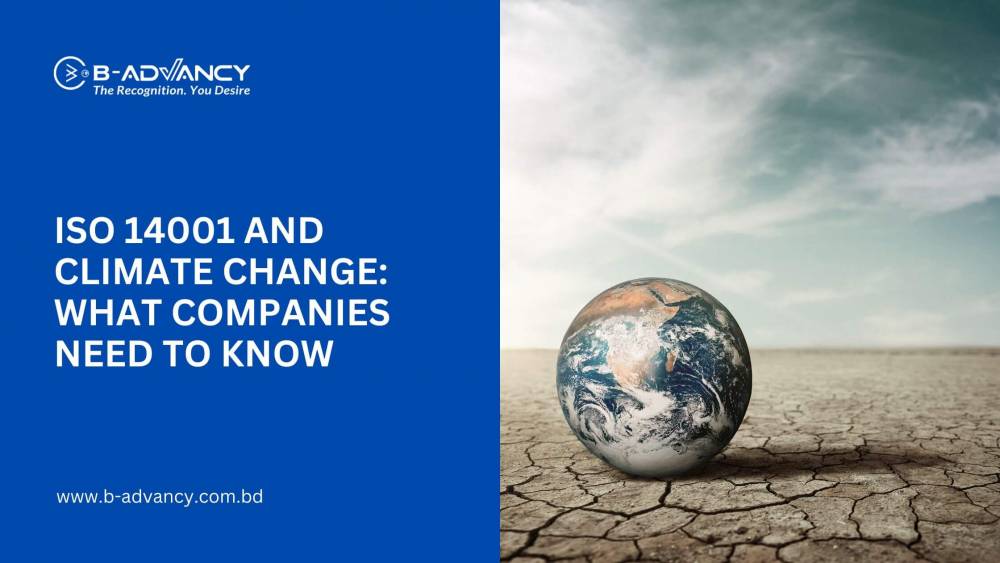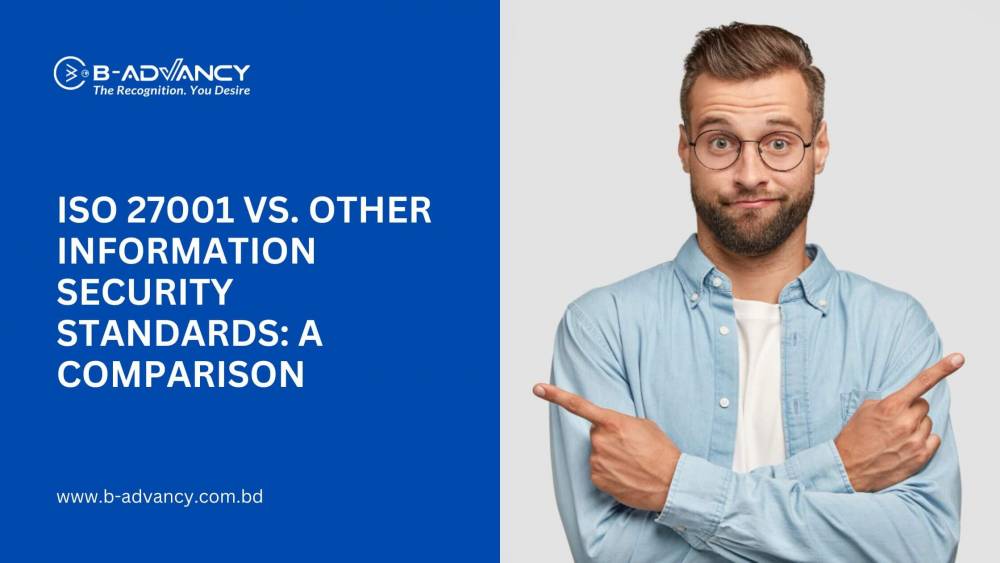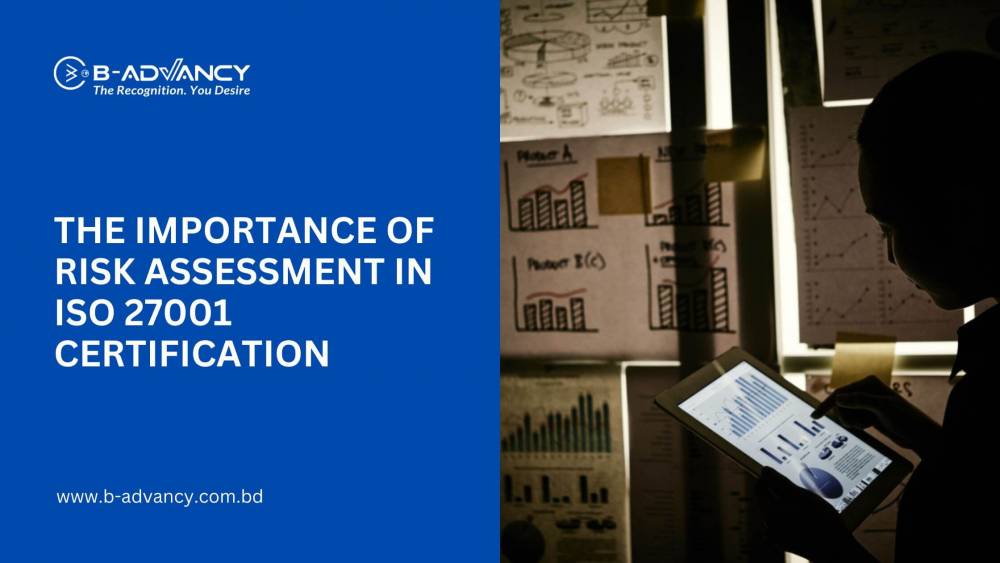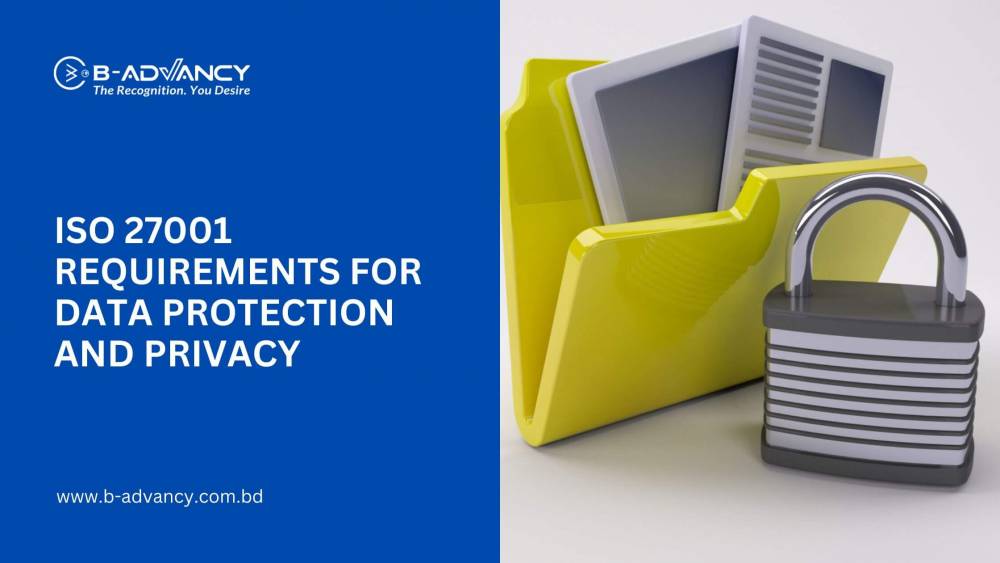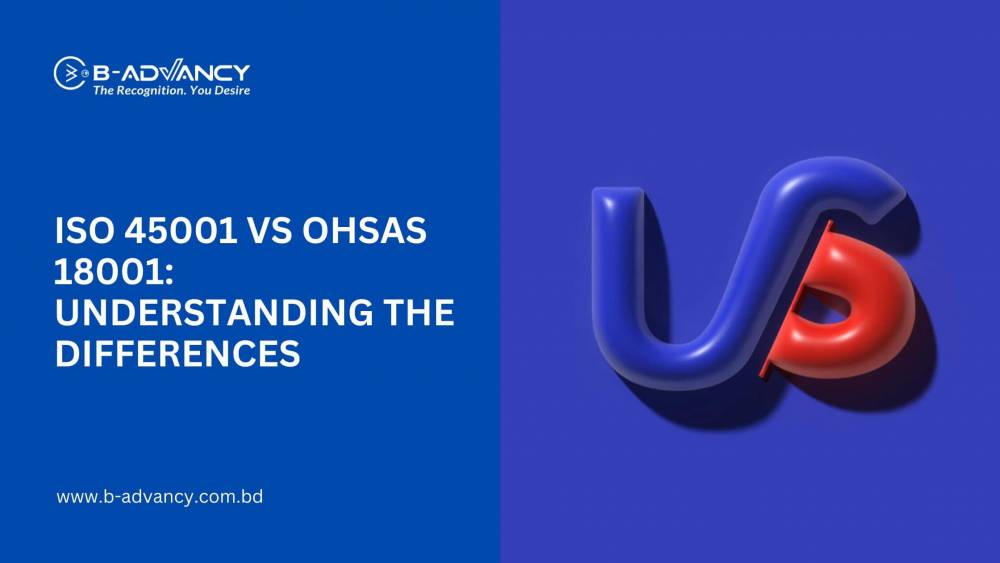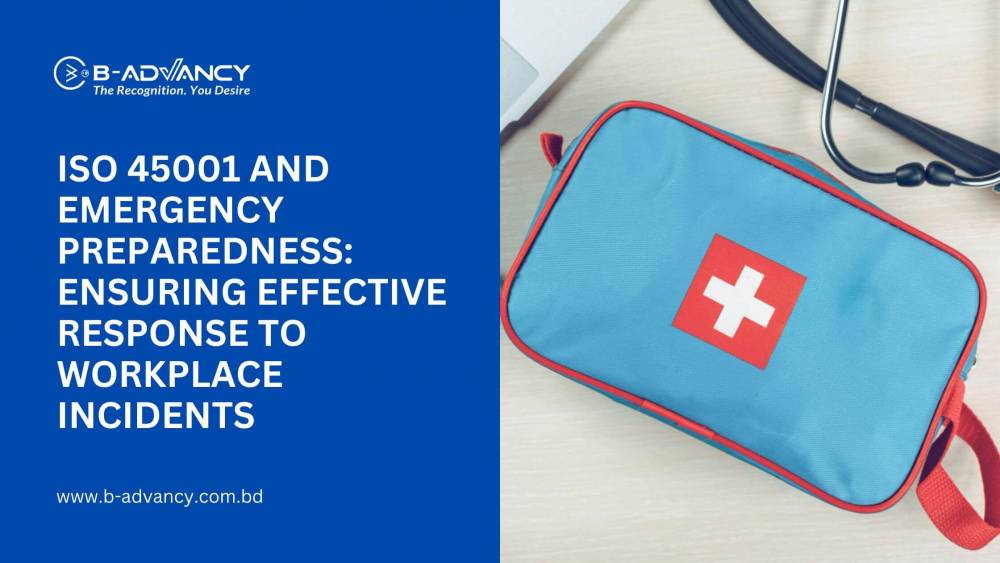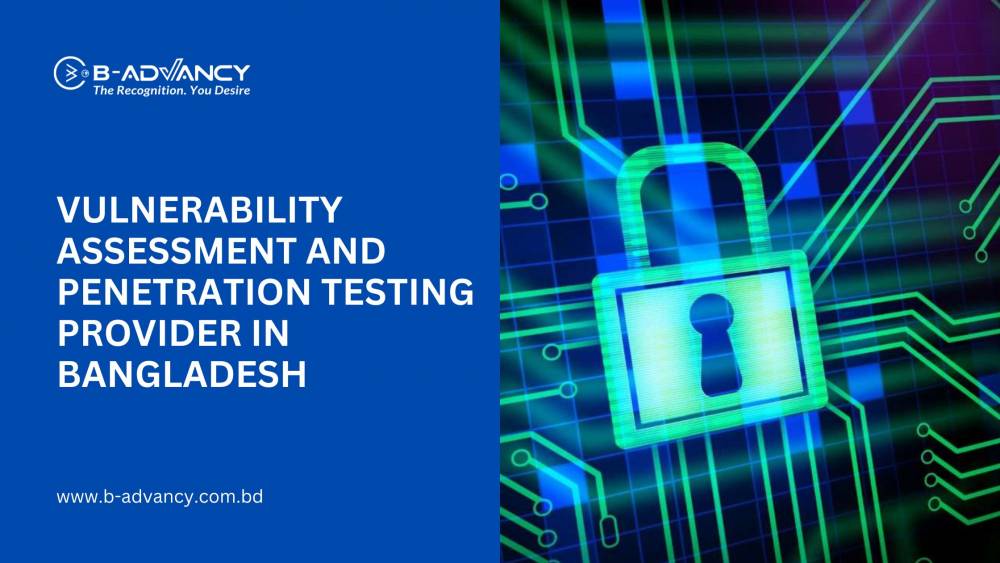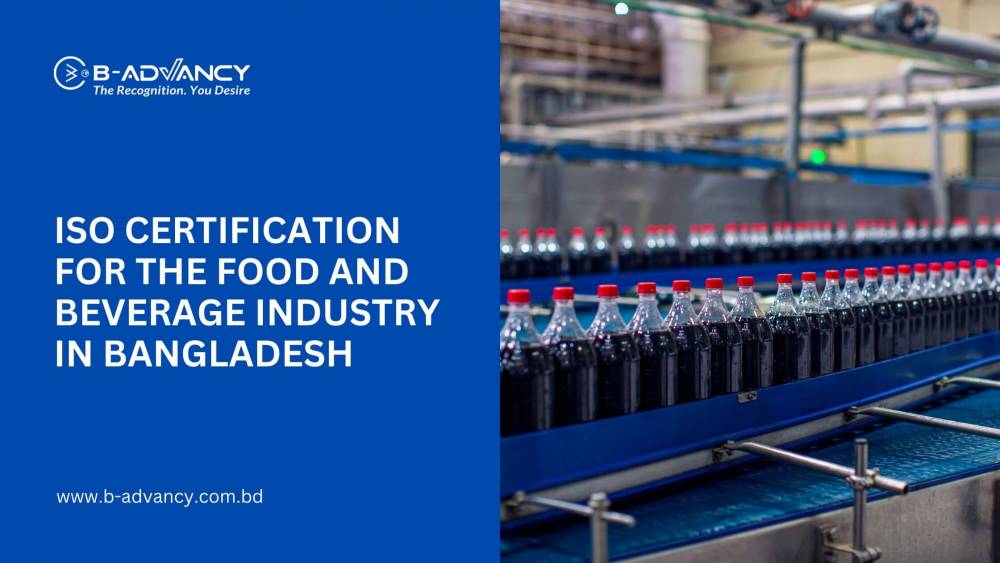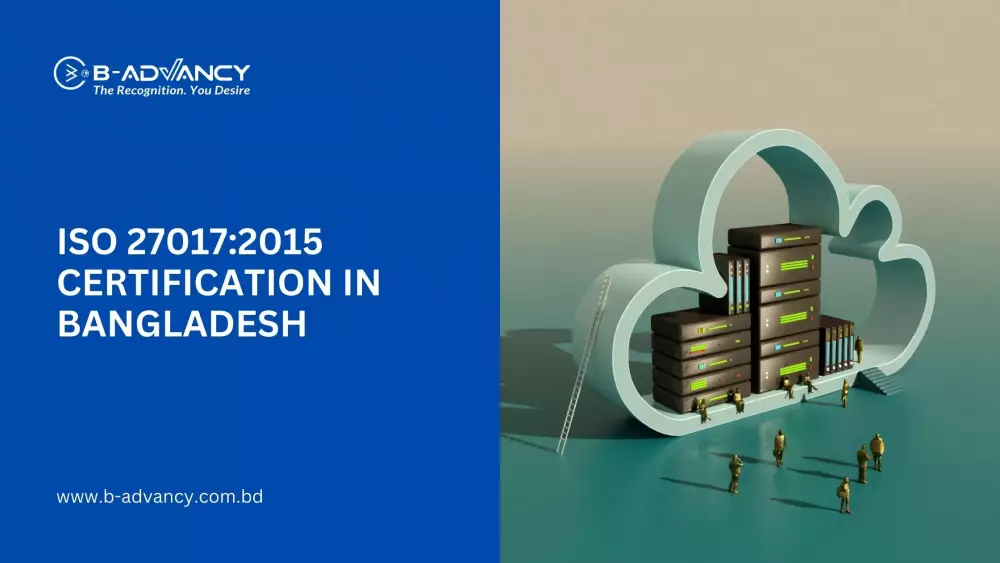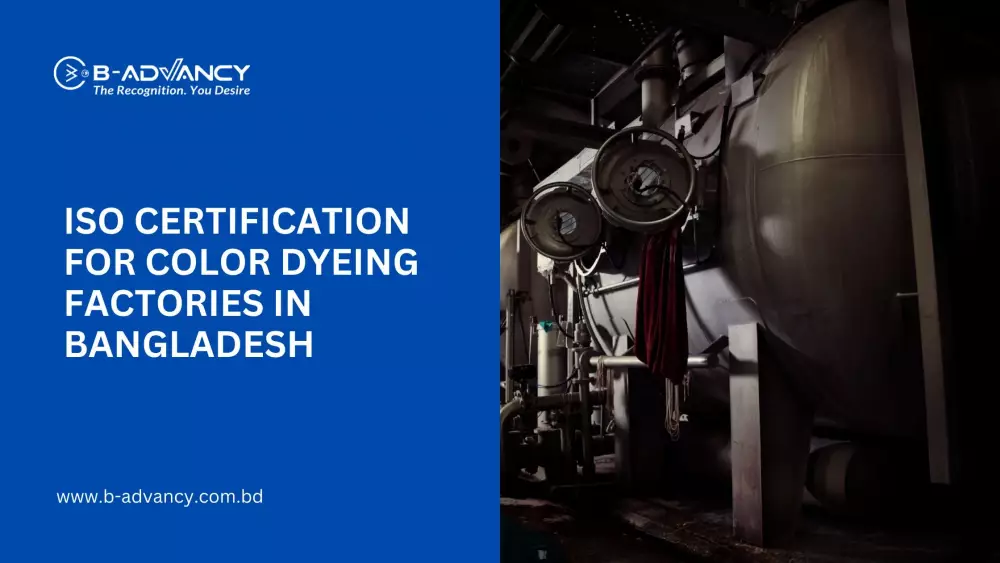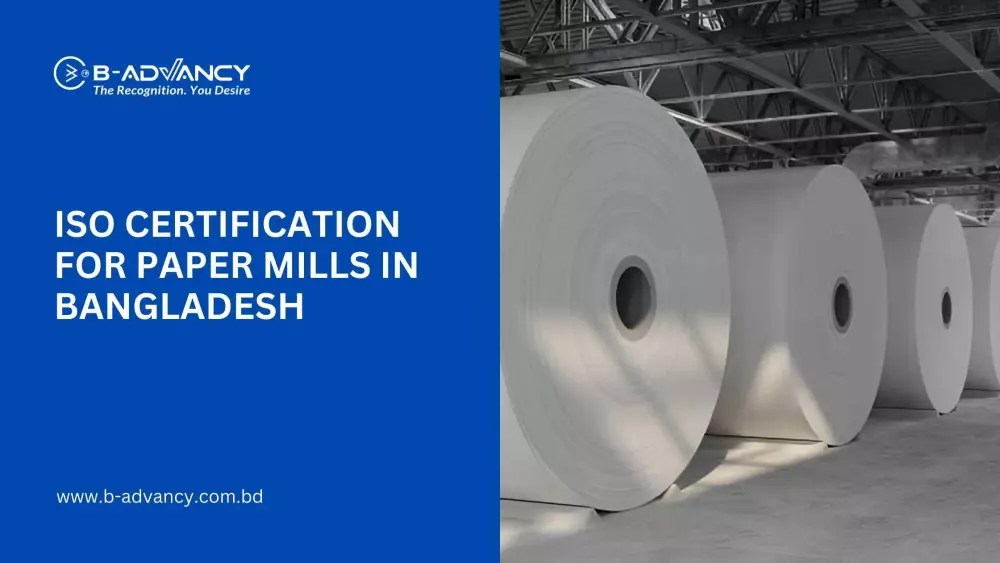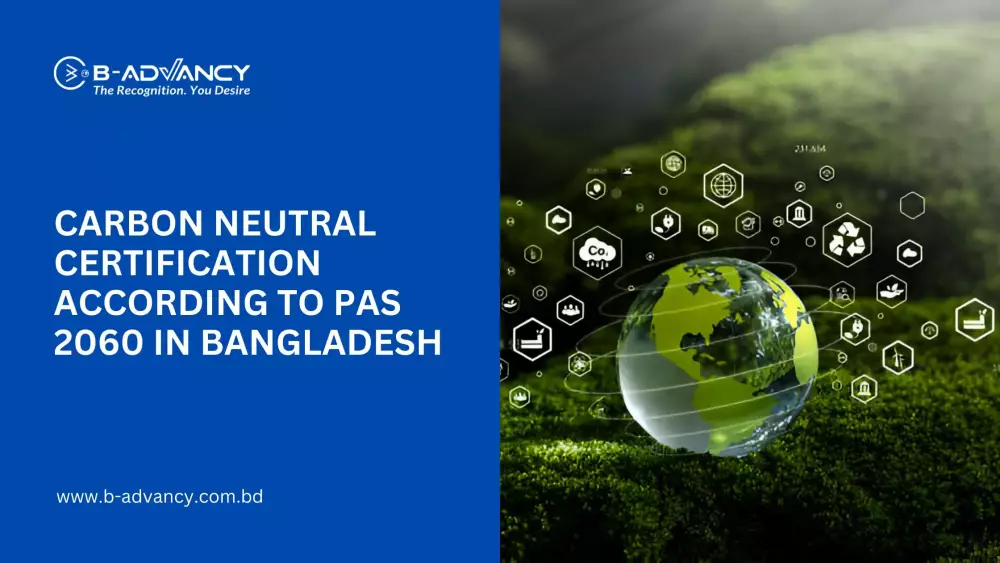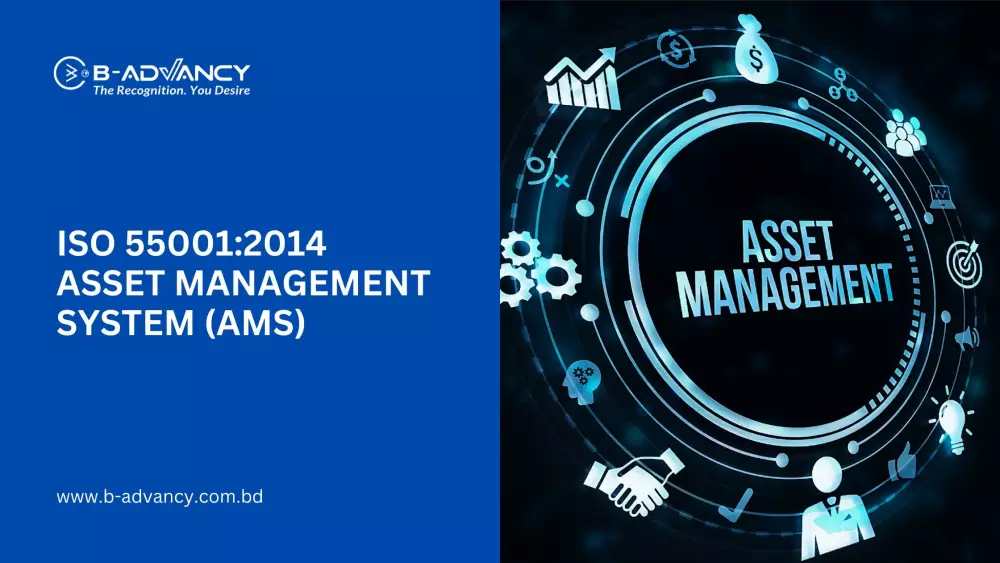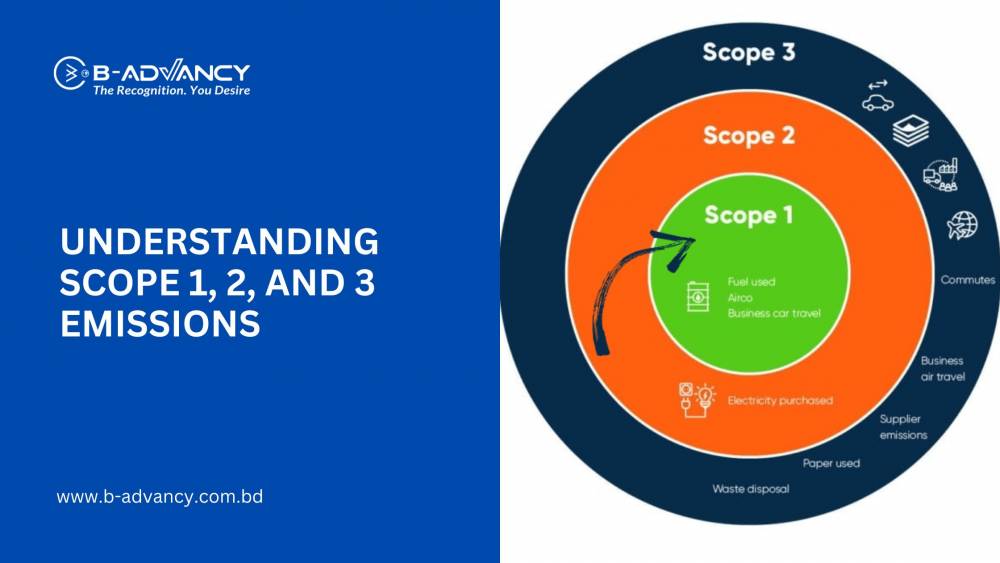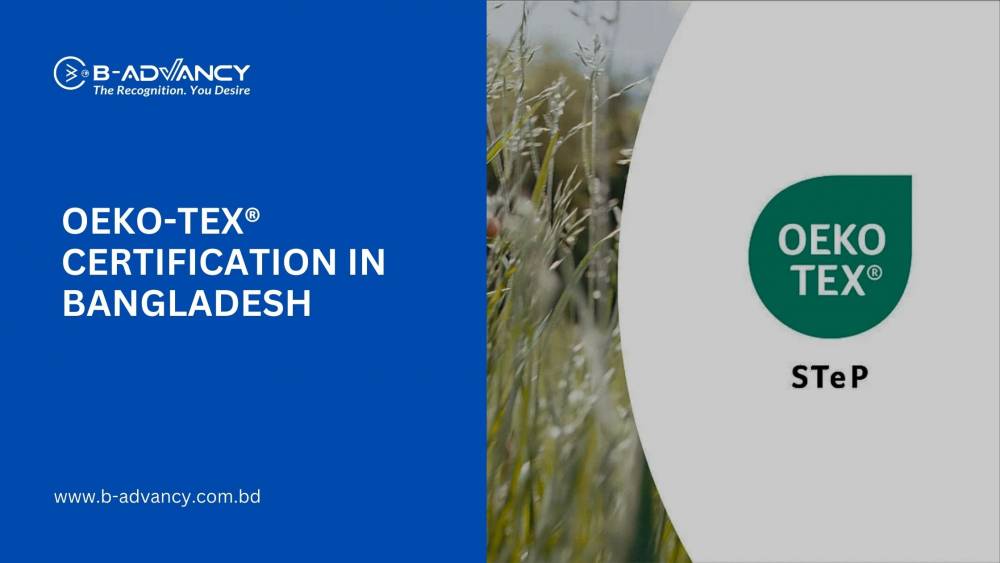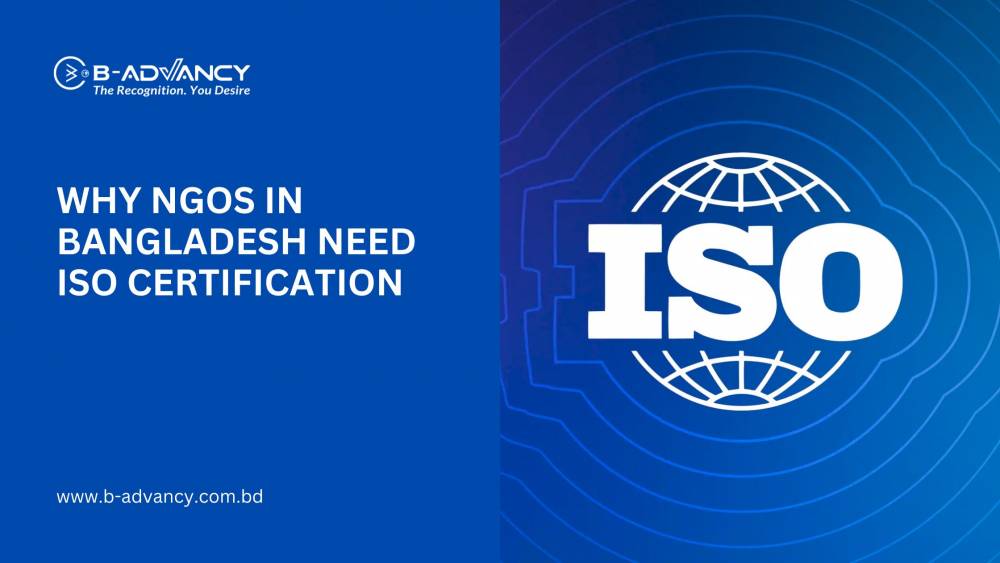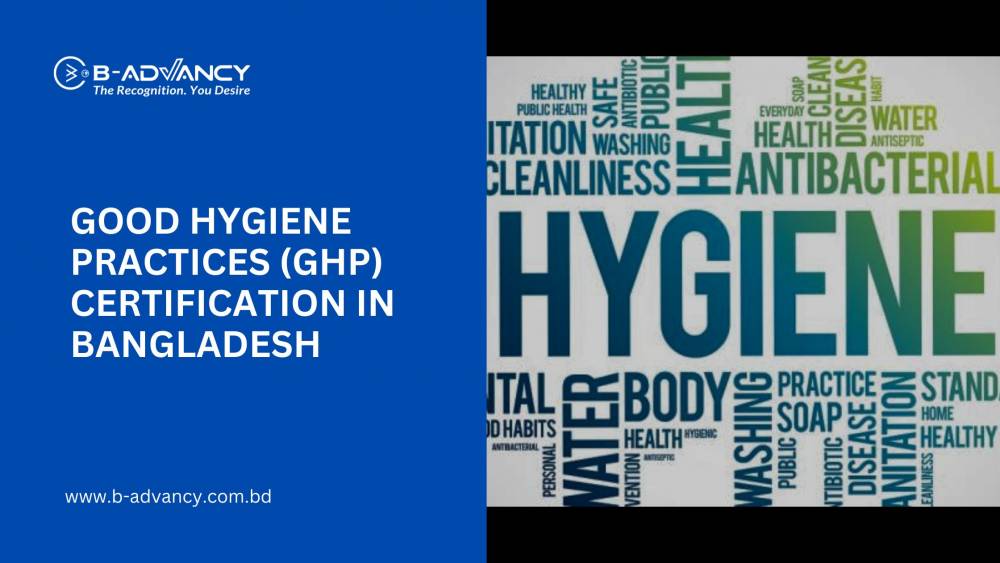As companies become more environmentally conscious, adhering to environmental standards is becoming increasingly important. There are many different environmental standards available, but ISO 14001 is often considered the gold standard. In this blog post, we will compare ISO 14001 to other environmental standards, examining the benefits and criticisms of each, as well as real-world examples of how they have been implemented.
Introduction
Adhering to environmental standards is crucial for companies that want to minimize their impact on the environment. There are many different environmental standards available, but ISO 14001 is often considered the most comprehensive and effective. However, there are other standards available that may be more suitable for certain organizations. In this blog post, we will explore ISO 14001 in comparison to other environmental standards, providing real-world examples to help readers understand how they work in practice.
ISO 14001
ISO 14001 is an international standard that outlines the requirements for an environmental management system (EMS). The standard is designed to help organizations minimize their impact on the environment, while also improving their overall environmental performance. ISO 14001 is a comprehensive standard that covers a wide range of environmental issues, including air pollution, water pollution, waste management, and energy use.
Benefits of ISO 14001 certification include improved environmental performance, reduced risk of environmental incidents, and improved reputation and credibility. A study by the International Organization for Standardization found that companies that implemented ISO 14001 saw a 5% reduction in energy consumption and a 4% reduction in greenhouse gas emissions. Moreover, achieving ISO 14001 certification can be a key differentiator for companies, particularly those that operate in industries with high environmental risks.
However, critics argue that ISO 14001 does not go far enough in addressing environmental issues. Some environmental activists argue that the standard is too lenient and does not push companies to go beyond compliance with environmental regulations.
Other Environmental Standards
In addition to ISO 14001, there are several other environmental standards available, including the Eco-Management and Audit Scheme (EMAS), the Forest Stewardship Council (FSC) certification, and the Leadership in Energy and Environmental Design (LEED) certification.
EMAS is a European Union-based standard that requires companies to assess and improve their environmental performance. The standard requires companies to publish an environmental statement that details their environmental impact, as well as their plans for improvement. EMAS is often considered more rigorous than ISO 14001, as it requires more frequent reporting and more detailed environmental impact assessments.
FSC certification is a standard for sustainable forestry management. The standard ensures that wood products come from responsibly managed forests, with minimal impact on the environment. FSC certification can be particularly important for companies that use wood products in their operations, as it provides assurance that their wood comes from sustainable sources.
LEED certification is a standard for green building design and construction. The standard covers a range of environmental issues, including energy efficiency, water conservation, and indoor air quality. LEED certification can be particularly important for companies that want to build new facilities or renovate existing ones in an environmentally responsible way.
Comparison of ISO 14001 to Other Environmental Standards
When choosing an environmental standard, there are several factors to consider, including the organization's goals, the industry in which it operates, and the environmental risks associated with its operations. Here, we will compare ISO 14001 to other environmental standards, looking at their strengths and weaknesses.
EMAS is often considered more rigorous than ISO 14001, as it requires more frequent reporting and more detailed environmental impact assessments. However, EMAS is only available to organizations operating in the European Union, and its reporting requirements may be too onerous for some companies.
FSC certification is an important standard for companies that use wood products in their operations, as it provides assurance that their wood comes from sustainable sources. However, FSC certification may not be relevant for companies that do not use wood products, and the certification process can be time-consuming and expensive.
LEED certification is an important standard for companies that want to build new facilities or renovate existing ones in an environmentally responsible way. However, the certification process can be complicated and expensive, and the standard may not be relevant for companies that do not own or operate buildings.
Choosing the Right Environmental Standard
When choosing an environmental standard, it's important to consider the organization's goals, the industry in which it operates, and the environmental risks associated with its operations. For example, a company that operates in the forestry industry may find FSC certification to be the most relevant standard, while a company that operates in the construction industry may find LEED certification to be the most relevant.
Case studies can be helpful in understanding how different environmental standards have been implemented in practice. For example, a study by the European Commission found that companies that implemented EMAS saw an average reduction of 4.4% in greenhouse gas emissions, compared to non-EMAS companies. Similarly, a study by the U.S. Green Building Council found that LEED-certified buildings use 25% less energy and 11% less water than non-certified buildings.
Conclusion
In conclusion, adhering to environmental standards is crucial for companies that want to minimize their impact on the environment and improve their environmental performance. ISO 14001 is often considered the gold standard for environmental management systems, but there are other standards available that may be more suitable for certain organizations. When choosing an environmental standard, it's important to consider the organization's goals, the industry in which it operates, and the environmental risks associated with its operations. Real-world examples and case studies can be helpful in understanding how different environmental standards have been implemented in practice.
















